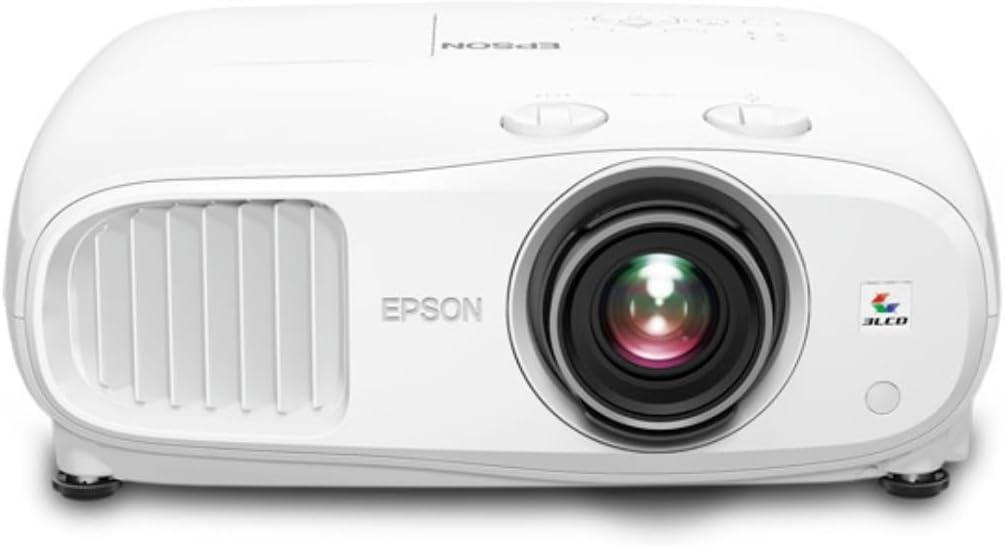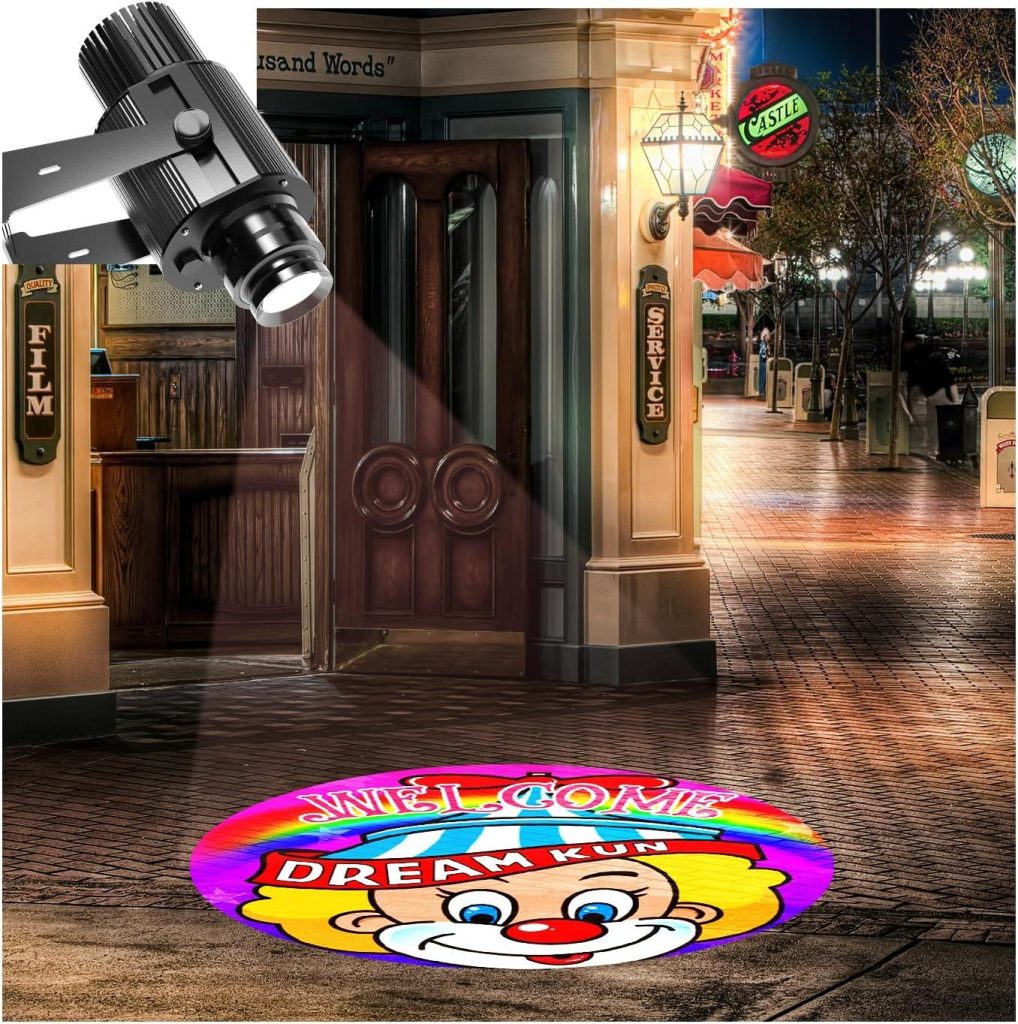Surprising HDMI Showdown: Price vs. Performance… Find Your Perfect Match!
Surprising HDMI Showdown: Price vs. Performance… Find Your Perfect Match!
In the electric glow of AV setups, few battles are as unpredictable as the HDMI showdown. One minute, cables seem like mere pliable wires; the next, they’re gatekeepers of resolution, refresh rates, and even theatrical HDR. Take the Highwings 8K 10K 4K HDMI Cable, a champion of high-end claims—48Gbps, 6.6FT (2M), bi-directional 4K@120Hz, and supported by DTS:X, HDCP 2.2/2.3, HDR 10. Its braided casing whispers premium durability, but does it match the muscle?
On the other side stands the Highwings 4K Long HDMI 2.0 Cable—15FT (4.5m), 18Gbps, with Ethernet/ARC convenience. Lighter on marketing jargon, it’s the workhorse for broader compatibility. Pair it with a PS5 or Roku, and its support for 4K@60Hz and HDCP 2.2 still boasts surprising versatility. Then there’s the wildcard: the [Apple MFi Certified] Lightning to HDMI Adapter. Branded simplicity exteriorly, its 1080P max resolution undeniates羚 higher ambitions—it’s a conversation starter for iPhone/iPad users willing to trade 4K dreams for synced screen functionality.
None are flawless. The 8K contender demands compatibility checks, while the 4K volume’s ARCfeatures won’t fit every ecosystem. Assembling your tech tableau, the cable wars teach a harsh truth: sometimes, extraordinary performance demands extraordinary cost. But occasionally, home-changing upgrades (like the MFi adapter’s seamless iPhone-to-TV magic) prove that power and price aren’t always locked at bay. Find your match—and reveal the HD truth.
Stay tuned to discover where your setup belongs!
Surprising HDMI Showdown: Price vs. Performance… Find Your Perfect Match! Read More »




